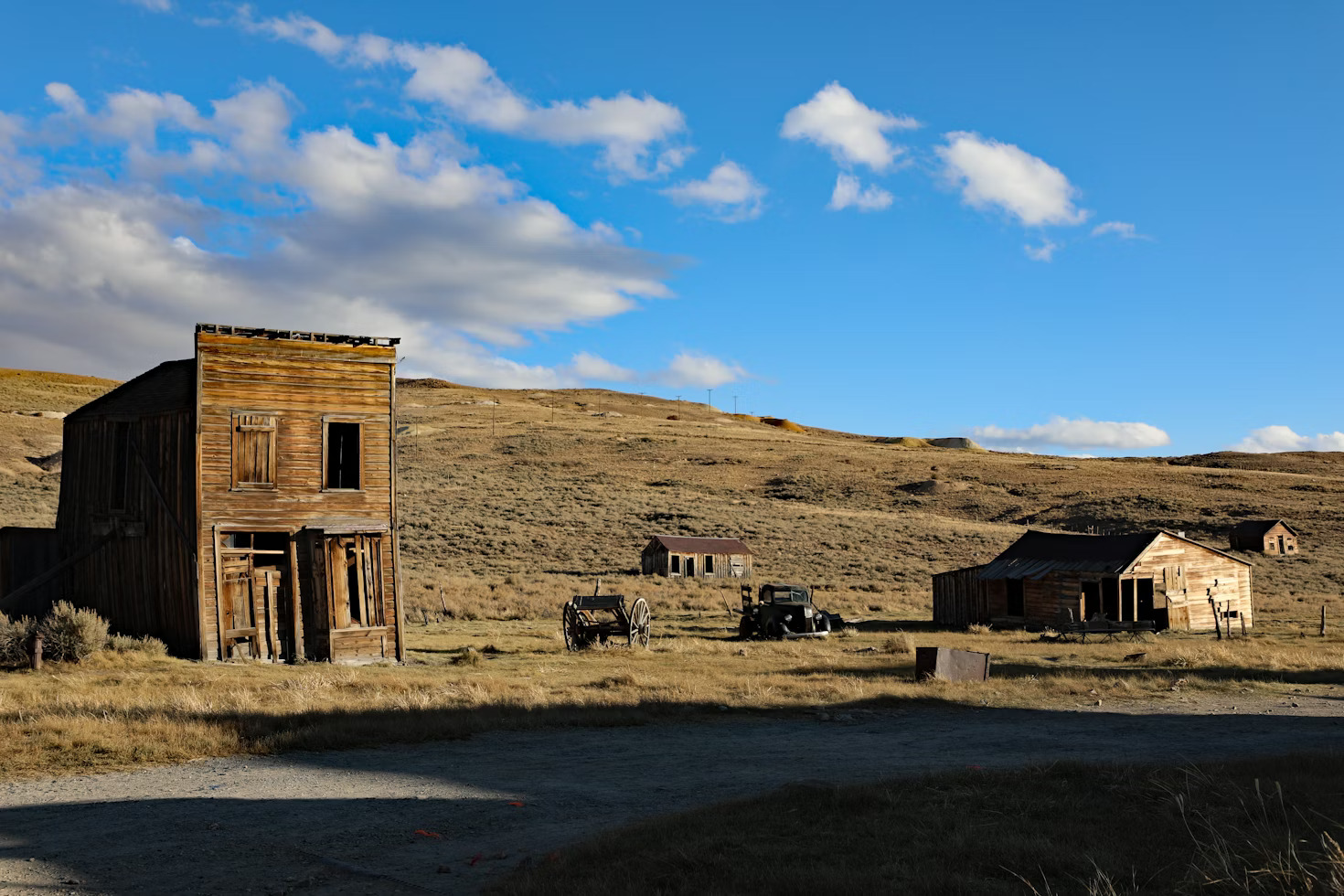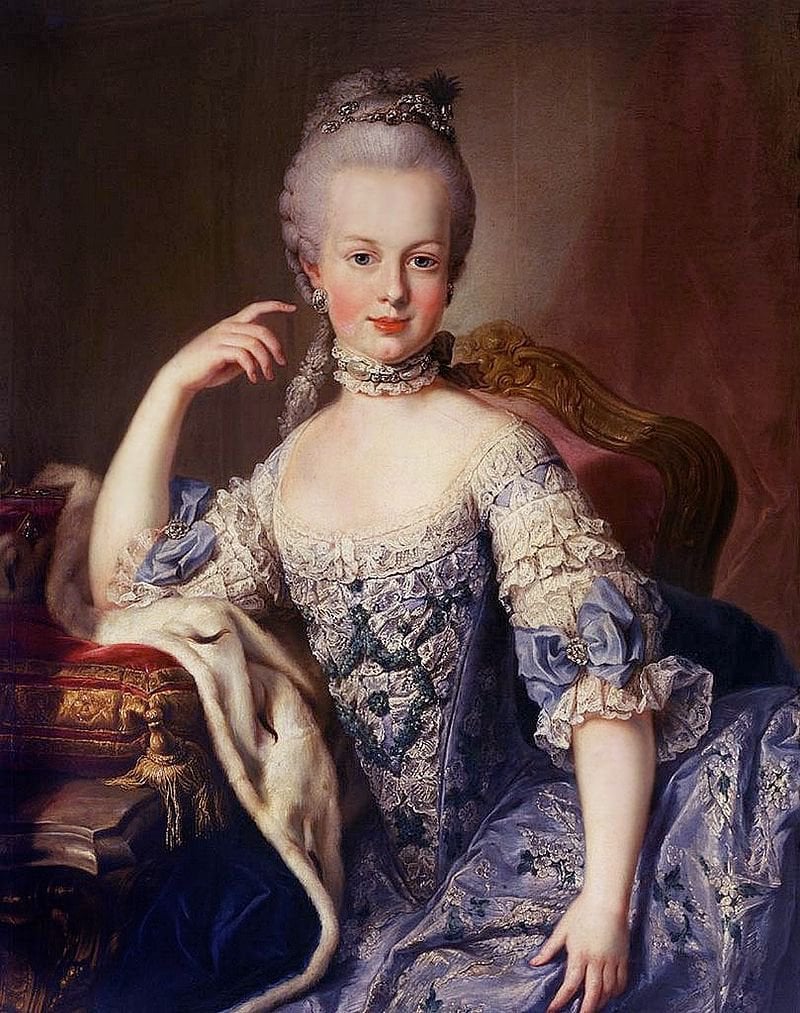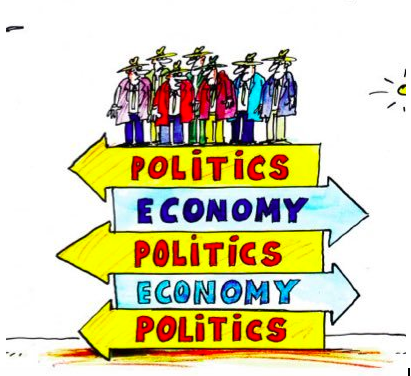
Writer: Mahalet Habteyes
Editor: Selina Yang
On a chilly April morning in 1849, a prospector stoops over an icy stream, fingers numb as he pans for gold nuggets. He has staked everything on this moment—his savings, his home back East, even his family’s future—all because he was lured by the tales of overnight fortunes in California. Fast forward to 2025: a young woman in a small apartment hits “upload” on her tenth YouTube video, with a similar hope that this will be her breakthrough. Across centuries, the settings and tools have changed, but the dream remains the same: opulence and abundance, achieved through one-in-a-million odds. The rise of the digital creator economy today is like a modern gold rush, driven less by steady returns than by the intoxicating dream of life-changing success. Just as in 1849, a flood of fortune-seekers rushed west despite long odds; today, millions of creators flood YouTube, TikTok, and Instagram, chasing viral fame and riches. There are a small number of big winners, lots of hopeful dreamers, and an ecosystem that profits handsomely by selling an often unrealized dream.
The Dream of Sudden Wealth
The Gold Rush was fueled by the quintessential American ideal of ‘the self-made fortune.’ In the mid-19th century, thousands of people abandoned ordinary lives to trek into the Wild West, convinced that one lucky strike could instantly catapult them into wealth. Covered wagons jammed the trails to California, loaded with farmers, merchants, and former clerks, all reinventing themselves as miners overnight. This hopeful frenzy wasn’t entirely irrational. After all, a few early prospectors did become astonishingly wealthy, and stories of such success spread like wildfire.
Levi Strauss was one such figure. Hearing of the booming scene, he journeyed to San Francisco in 1853 and started a humble dry-goods business. By partnering with a local tailor to sell durable “waist-high overalls” (the first blue jeans), Strauss found his fortune outfitting miners. His name would become a legendary early success of the Gold Rush era. In our own time, the creator economy cultivates the same success myths. For example, a teenager named Emma Chamberlain began posting vlogs from her bedroom in 2017, and skyrocketed to internet stardom within about a year, garnering millions of YouTube subscribers and a Streamy Award as Breakout Creator. Today, she has even formed a partnership with the luxury fashion brand Louis Vuitton. Chamberlain’s rise from obscurity to celebrity became the new dream: anyone with enough talent (or luck) can strike digital gold.
Stories like this only spark the imaginations of those who follow. They tap into emotional currents of hope, freedom, and upward mobility—the central tenets in the narrative of capitalist America. To the forty-niners, California promised freedom from wage labor and a shot at riches untethered from one’s past. To modern creators, platforms like YouTube promise an escape from the 9-to-5 grind and a chance to monetize their passion on their own terms. In both cases, the possibility of sudden success creates a feverish enthusiasm. “Dreamers” pour in, galvanized by early tales of victory: every miner convinced he might find the next giant nugget, every aspiring YouTuber sure they might be the next viral sensation. The journey itself even becomes part of the allure, and the Gold Rush “fueled dreams of wealth and opportunity” on a massive scale. Likewise, the vast majority of new content creators know, at least on some level, that making it big is a long shot. The ethos of the creator economy—much like the Gold Rush—is designed around the idea that you could be that lucky outlier. If you don’t try, you’ll never know.
The Real Winners Sell the Shovels
As the dust settled on the California hills, a sobering truth emerged: very few miners ever struck it rich. While the rivers did yield some gold to persistent panners, the bonanza finds that fortunes were built on were extraordinarily rare. Most 49ers worked grueling days for mere flakes, if anything at all. In fact, the people who consistently profited during the Gold Rush were not the wide-eyed prospectors at all, but the savvy entrepreneurs who supplied them. The real get-rich-quick scheme can be found in an old maxim: “In a gold rush, sell shovels.” In 1849, the adage was borne out; merchants made far more reliable money than miners. Levi Strauss, introduced above, is a perfect example—he became a millionaire not by pulling gold from the ground, but by selling sturdy pants to those who did. Another famous figure, Samuel Brannan, literally created more frenzy (and then profited from it). Upon learning of the initial gold discovery, Brannan bought up every pickaxe, pan, and shovel in the region. He then ran through the streets of San Francisco holding up a bottle of gold dust, shouting, “Gold! Gold from the American River!” The stampede of prospectors that followed had no choice but to pay Brannan’s inflated prices for equipment. He was soon California’s first millionaire, his store raking in an astounding $5,000 a day (about $155,000 in today’s dollars), selling supplies to dream-chasers.
The real winners in the creator rush are arguably the platforms themselves and the cottage industries serving creators. YouTube, for instance, is free to join in the same way the public goldfields were openly accessible. The perceived lack of barriers to entry is highly alluring to millions of people, who believe they can make their fortune by leveraging an open-access platform. Meanwhile, only a tiny fraction of YouTubers will ever achieve life-changing wealth, and YouTube (owned by Google) makes tens of billions of dollars off all of them through advertising. The platform thrives on sheer volume. As long as creators continue to upload content, the number of viewers they receive is inconsequential; YouTube can run ads and generate revenue. A 2021 analysis noted that the top influencers take the lion’s share of payouts, while the vast majority of creators earn little or nothing. Achieving a living wage from content creation is exceedingly rare, yet the system continues to encourage mass participation. The creator economy is now 50 million people strong globally—that’s tens of millions of users providing free labor (in the form of content and engagement) that enriches Big Tech companies. These platforms and their advertisers are the modern Levi Strausses and Sam Brannans, selling the “tools” (the services, the ad frameworks, the promise of exposure) that keep hopeful creators flocking in. Even beyond the platforms, an entire support ecosystem now markets to creators: from ring lights and DSLR cameras to editing software subscriptions and online courses about “building your personal brand.” All these sectors profit from the aspiration of creators. The brilliance and peril of this model lie in its ability to sell the dream at scale without any obligation to fulfill it. Even if only a few creators ever hit the algorithmic jackpot, companies providing the infrastructure or tools profit from every hopeful who gives it a go.
To put the numbers in perspective, a study of YouTube found that by the late 2010s, the top 3% of channels garnered over 90% of all views. 97% of creators are left to divvy up the scraps, yet YouTube’s revenues and the influencer marketing industry keep growing, fueled by more people starting channels each day. The house, so to speak, always wins, and that’s because every rush is less about the gold and more about the structure that gets built on top of a collective dream.
After the Rush
What happens after the initial frenzy, when reality sets in? Our history textbooks will show us pockmarked hillsides littered with abandoned mine shafts and ramshackle ghost towns where saloons and supply stores once brimmed with customers. By the mid-1850s, the easy gold was largely gone, and many disillusioned miners simply melted away. Some went back home penniless, while others drifted into new boomtowns or different trades. When it comes to social media, we don’t have physical ghost towns, but we do have virtual ones. Think of the countless abandoned YouTube channels that haven’t posted in years, or the millions of inactive TikTok accounts left behind after a few tentative videos. After the initial rush of optimism, many creators confront the harsh truth of how hard it is to ‘make it,’ and they quietly exit the race. Open any platform and you’ll find these relics of ambition, like the channels with grand introductory videos and maybe a dozen uploads that suddenly stop when views don’t materialize. It’s the modern echo of a miner giving up when his claim yielded only rocks.
The post-rush phase of the creator economy is marked by adaptation and pivoting. Many who start out chasing sheer popularity evolve their strategy when they realize viral fame is a lottery. They turn to building something more sustainable out of the audience they do have, however modest. This often means monetizing in alternative ways and focusing on a core community of supporters rather than the masses. For example, a YouTuber who tires of chasing ad revenue might launch a line of merchandise to capitalize on their niche fandom—branded shirts, mugs, or (in the case of Emma Chamberlain) specialty coffee blends. Others start offering online courses or consulting, effectively leveraging their expertise to teach aspiring creators (a bit like experienced miners advising greenhorns, for a fee). Paid subscriptions and fan-support platforms have also become important, as services like Patreon, Discord community memberships, or Substack newsletters allow creators to earn directly from their most loyal followers. By 2021, Patreon alone had paid out over $8 billion to creators in aggregate, revealing how many YouTubers, podcasters, writers, and artists have pivoted to a patronage model.
Those who survive and flourish are often those who, knowingly or unknowingly, follow a path more similar to Levi Strauss than to the lone grizzled miner. They identify unmet needs, cultivate a loyal base, and are willing to serve the market that surrounds the glittering prize, rather than betting everything on finding a giant nugget themselves. Just as the most successful Gold Rush participants transitioned from miners to merchants or developers, many successful creators have transitioned from pure content creation to savvy businesspeople who treat their personal brand as a startup. In the end, recognizing when to pivot—when to stop digging in an empty stream and maybe start a supply shop, or when to stop chasing viral hits and focus on a subscription podcast—can make the difference between burnout and a lasting career.

Graphic By: Meredith Whitcher
Conclusion
In a sense, gold is still out there in the creator economy, but the riverbeds are infinitely crowded. The creator economy, much like those 1850s goldfields, remains an open frontier where anyone might strike it big, which is exactly why throngs continue to pour in despite the odds. We are, at heart, creatures moved by hope and story. The tale of the poor drifter who finds a gold nugget the size of his fist, or the video of the small-town teen that goes viral to millions, becomes an enduring motivator. History’s lesson, however, is more sobering: economic booms built on dreams tend to enrich the few and exhaust the many.
Yet the myth persists. Despite knowing deep down that almost all the gold was picked from California’s streams by the time the 49ers arrived, new fortune-seekers kept coming for years. Despite ample evidence that becoming a famous, well-paid influencer is as unlikely as becoming a Hollywood star, new YouTubers and TikTokers join every day, determined to try. There is an enduring economic romance here. We are still drawn to chase the dream, even when history and data tell us the dream will mostly benefit others more than ourselves. Perhaps that’s not entirely foolish; perhaps that hope is what drives innovation and personal growth, even if the exact jackpot isn’t reached. The Gold Rush transformed the American West, leaving a lasting legacy in infrastructure and culture, largely due to the many who were willing to take a chance. The creator economy, despite its inequities, has also transformed how we entertain and inform ourselves, giving rise to new industries and art forms.
The Gold Rush reminds us to view these frenzies with both wonder and skepticism. The next time we hear of a young influencer signing a multi-million-dollar brand deal, we might recall the small dusty town of Coloma, where James Marshall first spotted gold flakes in 1848, and how the world rushed in after him with hearts full of hope. We might recall the environment around that dream: the crowded rivers, the merchants lining the shores, and the reality that sustainable success, then as now, is earned by those who adapt and endure after the first rush of gold.
Featured Image by Michael and Diane Wiedner on Unsplash



